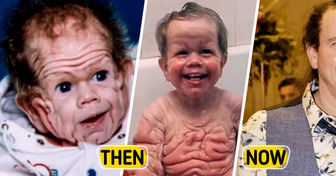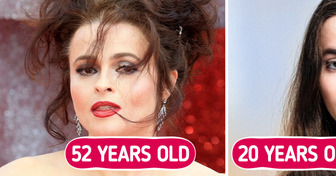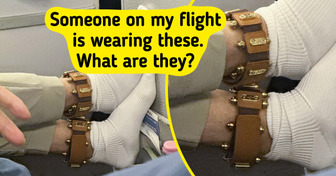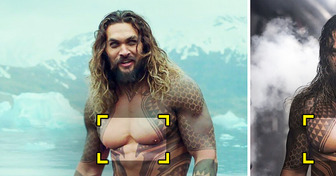Matthew McConaughey’s Son Levi Turns Heads at Rare Public Appearance, People Keep Talking About One Detail

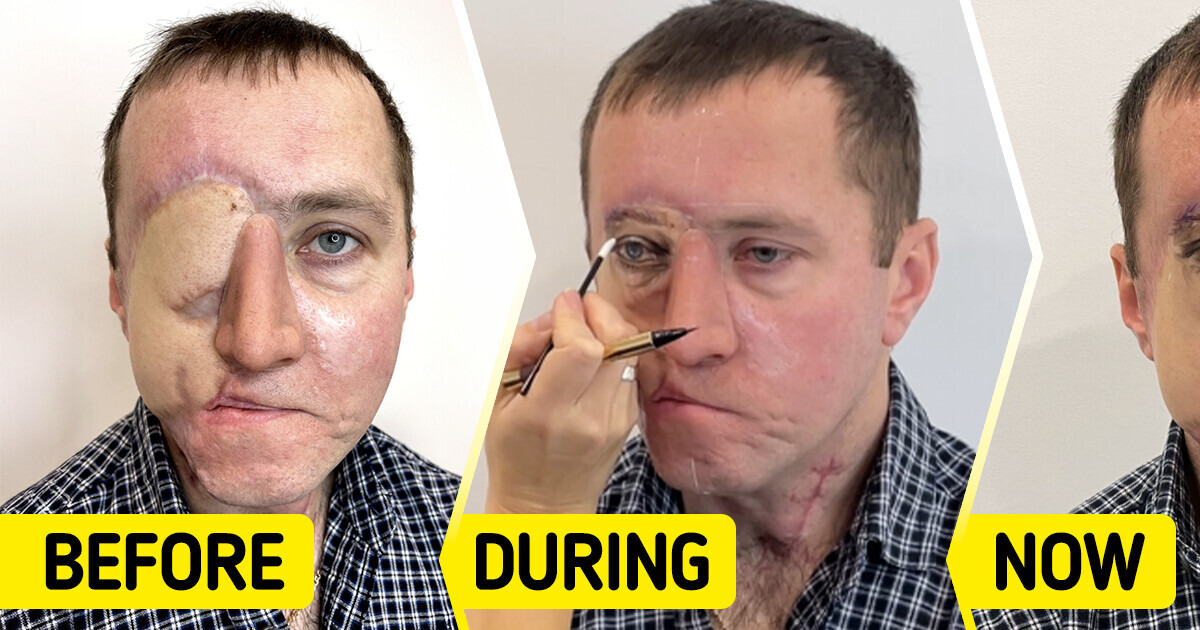
“If someone had told me a few years ago that I would be ’drawing’ a new eye for a person who doesn’t have one, I probably would have just smiled and not believed it. But when a young man walked into my studio, my entire professional life suddenly reached a new level.” This is the story of a man who discovered an extraordinary way to restore his confidence — with the help of a skilled tattoo artist who created a new eye for him.
Reconstructing his face turned out to be an incredibly lengthy and complicated process.
As part of his healing process, specialists explored different ways to restore his facial features. To reconstruct his nose, the doctors took an unexpected turn — they enlisted the help of sculptors. Yes, actual sculptors. Using old photographs of Pavel, the sculptors meticulously shaped his new nose, ensuring it looked as natural as possible. Inside the new structure, a specially designed framework was placed to maintain stability.
One of the most difficult challenges he faced was the loss of an eye. Initially, doctors evaluated the possibility of saving it, but it soon became clear that the damage was too severe. To protect his overall health, they advised a safer course of action.
That’s when doctors told him about a skilled tattoo artist specializing in hyperrealistic tattoos designed to restore missing body features. She had spent years creating lifelike tattoos to camouflage scars, restore eyebrows for alopecia patients, and even replicate body parts. But this was different.
This became one of the biggest challenges of her career. Creating a realistic eye tattoo meant mastering the illusion of depth on a flat surface. It had to look like it sunken into the skin, blending naturally with his features. Additionally, Pavel’s skin could react unpredictably to pigment.
Creating a hyperrealistic eye tattoo is not something that happens overnight: it requires immense skill, patience, and attention to detail.
She created numerous sketches to perfect the outcome. Meanwhile, Pavel adapted to his new look. With a touch of humor, he remarked, “While you’re practicing, I’ll get used to my new nose.” Despite the curiosity of strangers, Pavel’s friends and family stood by him every step of the way, offering unwavering support that helped him move forward with confidence.
The artist began by carefully mapping out the placement of the tattoo, ensuring that the inner corner of the eye aligned perfectly with Pavel’s structure. Taking his skin’s unique characteristics into account, she adjusted the technique for optimal precision.
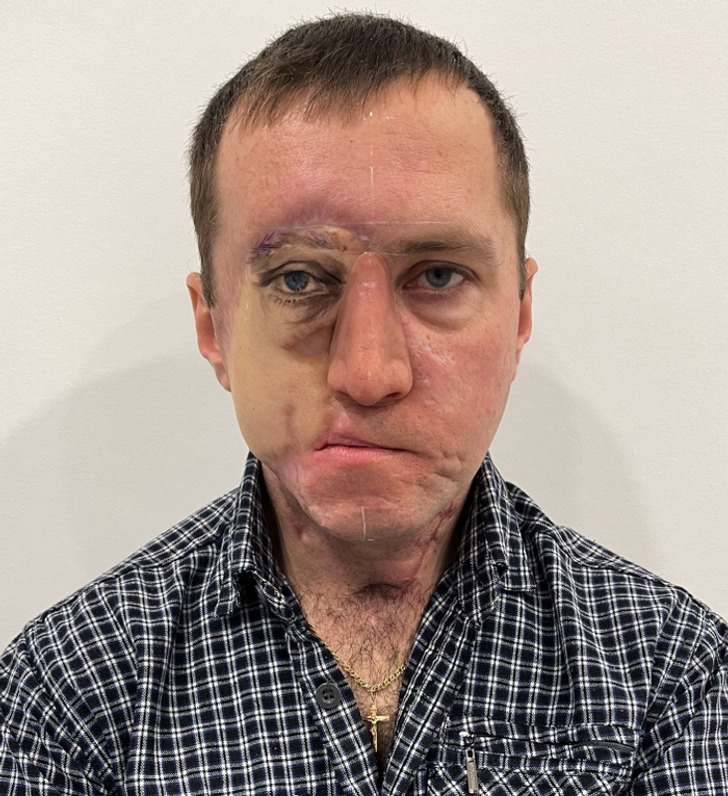
After a few hours, the first outlines of the eye began to take shape. The artist handed Pavel a mirror, and he smiled. “Wow! It actually looks like something!”
There is still a long way to go — shading, highlights, and intricate details needed to be perfected — but even at that early stage, the illusion was working.
Hyperrealistic tattoos are becoming a key part of reconstructive procedures, restoring confidence and helping people regain what they’ve lost.
In the realm of body art, tattoos have long been celebrated for their aesthetic appeal and personal expression. But Pavel’s story proves that, beyond the surface, tattoos hold a profound capacity for healing and transformation. They serve as a form of reclaiming one’s body and identity, especially after traumatic events.
By choosing to adorn their bodies with meaningful art, individuals can shift their focus from loss to empowerment. A study highlighted that medical tattoos not only improve physical appearance but also enhance emotional well-being. Participants reported increased self-esteem and a renewed sense of control over their bodies.
Meanwhile, a father had a tattoo matching his son’s birthmark so that he would not feel shame.

